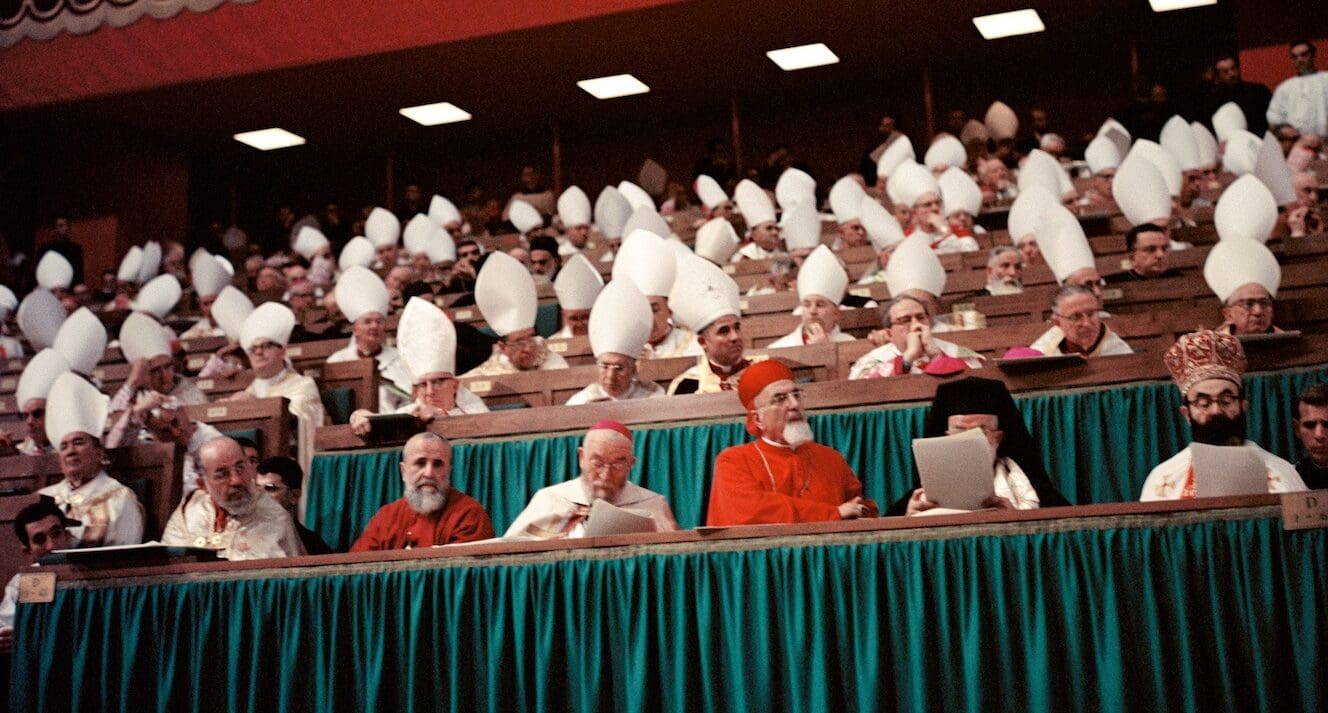A. In short, probably.
While the current liturgical law does not precisely speak to this question, the overarching idea with blessings is that things that are blessed retain their blessing so long as they are remain whole, unbroken, integral, and are recognizable as what they were when they were blessed. For example, as is traditionally understood, an altar loses its blessing when its mensa is cracked.
The Rite of Baptism in force immediately prior to the liturgical reforms of the 1970s indicates that if “the baptismal water has so diminished that it is foreseen it will not suffice, unblessed water may be added even repeatedly, but in lesser quantity [minore tamen copia] than the blessed each time this is done.”1 So, with whatever quantity of water that is added to the holy water, the majority of the water that remains must be that which received the blessing. St. Thomas affirms the general principle: “just as water added to holy-water becomes holy” (STh., III q.77 a.8 obj. 3; cf. q.66 a4 resp.). In his 1909 book, Holy Water and Its Significance for Catholics, Father Henry Theiler follows this line of reasoning. In answer to the question, “If the holy water at hand might not be sufficient for the occasion, may water that is not blessed be added?” He answers in the affirmative. Father Theiler notes in his reply that “care must be taken not to add as great a quantity as there is of holy water.”2
This tracks with the same logic that St. Thomas articulates with regard to a liquid being added to the Precious Blood: “if the liquid of any kind whatsoever added be so much in quantity as to permeate the whole of the consecrated wine, and be mixed with it throughout, the result would be something numerically distinct, and the blood of Christ will remain there no longer.” Conversely, “if the quantity of the liquid added be so slight as not to permeate throughout,” the Precious Blood remains (STh., III q.77 a.8 resp). So it is with holy water, that if a small amount of holy water is added to a large container of unblessed water, the contents of the container do not thereby become holy water.
In practice, the adding of unblessed water to holy water seems to have been a practice related especially to baptismal water. In terms of how this is written in the law (which appears only to be in the case of baptismal water), it seems to be for an instance—and that for giving the gift of salvation in the conferral of Holy Baptism—but maybe not for general application. Moreover, it is important to note that blessing baptismal water (outside of Easter and Pentecost), a more extensive process when compared to the current practice, included the praying of the Seven Penitential Psalms and the Litany of the Saints, the Lord’s Prayer, the Apostles Creed, an exorcism over the water, breathing upon the water, and the pouring of the Oil of Catechumens and the Sacred Chrism in the water in the form of a Cross, both individually and then simultaneously. Baptismal water blessed in this way was the only licit matter for solemn baptism. So, with all these requirements for the baptismal water, according to the rubric cited above, if “the baptismal water has so diminished that it is foreseen it will not suffice, unblessed water may be added even repeatedly, but in lesser quantity than the blessed each time this is done.”
Can the process of adding water to the font be repeated continually if the water has not entirely evaporated (cf. 1917 CIC 757§3)? In theory, yes, but this seems an unlikely scenario with regard to what the law envisioned because of the practicalities of keeping the font clean—there are innumerable stories about a film building up on the top of the water. With the new blessing of baptismal water in place, one canonist noted that the omission of “the practice of mixing the baptismal oil with the water” solved the “perennial problem of preserving the cleanliness of baptismal fonts.”3
Though most of us do not experience a lack of water in our daily life, sufficient water is and has been a problem in some parts of the world. For our North American reality, having a priest or deacon available to bless water is likely a greater problem than a lack of water. Regardless of the circumstance, while it is possible to foresee that some unblessed water might be added to holy water and it maintain its reality as holy water, it seems more apt to simply return to the parish church to obtain more water that is newly blessed.
—Answered by the Editors
Footnotes
- “De Sacramento Baptismi Rite Administrando,” in The Roman Ritual, Volume One: The Sacraments and Processions, trans. by Rev. Philip T. Weller (Milwaukee: Bruce, 1950), 20–21, no. 6. Cf. Edward N. Peters, The 1917 or Pio-Benedictine Code of Canon Law: In English Translation with Extensive Scholarly Apparatus (San Francisco: Ignatius Press, 2001), 280: Canon 757§2.
- Rev. Henry Theiler, Holy Water and Its Significance for Catholics (Manchester, NH: Sophia Institute Press, 2016), 89.
- R. Kevin Seasoltz, New Liturgy, New Laws (Collegeville: The Liturgical Press, 1980), 41.


